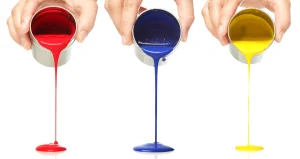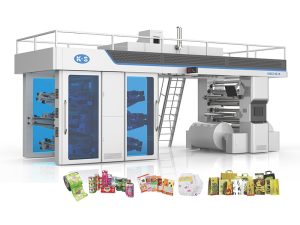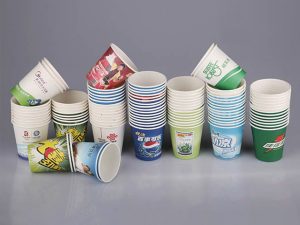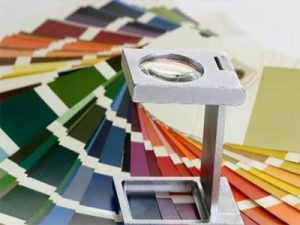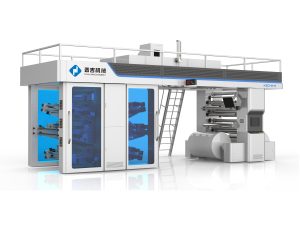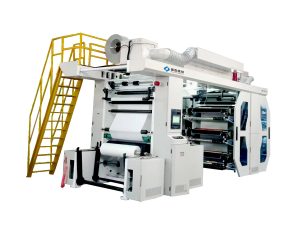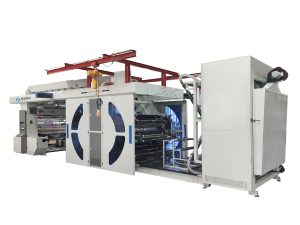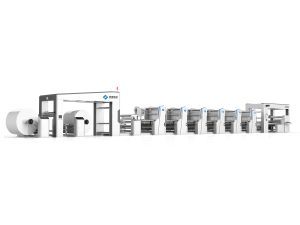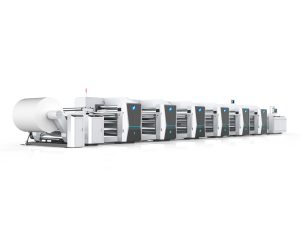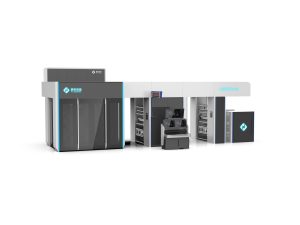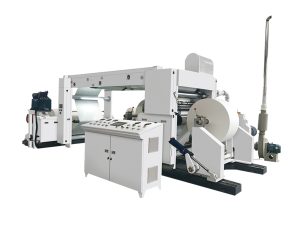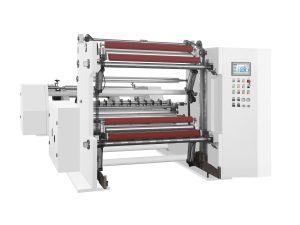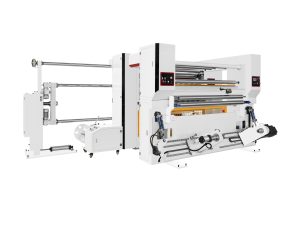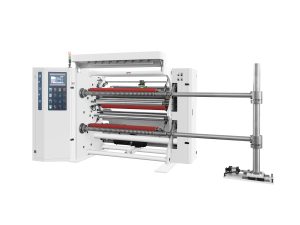Choosing between gravure and flexo printing can dramatically affect your production quality, efficiency, and costs. Understanding the gravure vs flexo printing differences helps you make informed decisions, ensuring your packaging or printing operations achieve maximum performance and visual impact.
Table of Contents
Toggle1. Print Quality & Color Fidelity
Flexo Printing: Flexo delivers consistent color quality suitable for bold graphics, logos, and simple patterns. While it may struggle with intricate gradients, its performance on various substrates remains reliable.
Gravure Printing: Gravure printing excels at ultra-high-resolution images, reproducing fine details and subtle color gradients. This makes it ideal for luxury packaging, detailed labels, and high-end flexible films.
2. Ink Usage and Compatibility
Flexo Printing: One of flexo’s major strengths is compatibility with a wide range of inks, including water-based, solvent-based, and UV-curable inks. This allows you to experiment with different inks for diverse substrates, particularly in packaging and labeling.
Gravure Printing: Gravure primarily uses solvent-based inks, offering excellent color depth but generating higher VOC emissions. Although recent innovations have expanded gravure ink options, its range is still narrower than flexo’s.
| Feature | Flexo | Gravure |
|---|---|---|
| Ink Types | Water-based, Solvent-based, UV-curable | Solvent-based (limited range) |
| Substrate Adaptability | High | Medium |
| Environmental Impact | Lower | Higher |
3. Production Speed
Flexo Printing: Flexo presses are generally faster, making them ideal for high-volume production where turnaround time is critical.
Gravure Printing: Gravure operates at a slower pace due to the precision of engraved cylinders but delivers unmatched detail and consistent image quality for long runs.
4. Setup Cost
Flexo Printing: Flexo plates are easier and cheaper to produce, allowing quick setup and frequent job changes. This reduces initial costs, especially for shorter runs.
Gravure Printing: Gravure cylinders are expensive and require time-consuming preparation. However, their durability makes gravure more cost-effective for long production runs.
5. Substrate Flexibility
Flexo Printing: Flexo is highly adaptable to a wide variety of substrates, including plastics, films, paper, and corrugated boards.
Gravure Printing: Gravure performs best on smooth, coated substrates such as plastic films or coated paper. It is less effective on textured or uneven surfaces.
6. Equipment Durability & Maintenance Cost
Flexo Printing: Flexo presses are easier to maintain, though plates wear out more quickly and require frequent replacement.
Gravure Printing: Gravure cylinders are highly durable, lasting for millions of impressions, but they require meticulous maintenance to preserve precision and print quality.
7. Cost Efficiency for Short vs Long Runs
Flexo Printing: Flexo is more cost-effective for short and medium runs due to lower plate costs and faster setup.
Gravure Printing: Gravure becomes economically advantageous for long-run jobs, where cylinder longevity lowers per-unit costs despite higher initial investment.
8. Environmental Impact
Flexo Printing: Flexo uses less ink and supports water-based or UV-curable inks, making it a more environmentally friendly choice.
Gravure Printing: Gravure consumes more solvent-based ink, which may increase VOC emissions. However, modern gravure presses and ink formulations are improving sustainability.
9. Cost Efficiency for Different Runs
Flexo Printing: Flexo presses are highly cost-effective for short to medium production runs. The lower cost of plates and quicker setup allows you to change designs frequently without incurring high upfront expenses. This makes flexo ideal when you need fast turnaround times or when producing multiple product variants.
Gravure Printing: Gravure printing requires a larger initial investment in engraved cylinders, which can be expensive to produce. However, for long-run production, gravure becomes significantly more economical. The cylinders are extremely durable, capable of producing millions of impressions without quality degradation, reducing the per-unit cost substantially for large-volume jobs.
| Feature | Flexo | Gravure |
|---|---|---|
| Initial Setup Cost | Low | High |
| Ideal Run Length | Short to Medium | Long |
| Per-Unit Cost | Higher for long runs | Lower for long runs |
| Design Change Flexibility | High | Low |
10. Application in Packaging Industry
Flexo Printing: Ideal for corrugated boxes, flexible packaging, and labels where speed and substrate versatility are critical.
Gravure Printing: Perfect for high-end packaging, luxury labels, and flexible films requiring exceptional detail and color fidelity.
Conclusion
Knowing the flexo vs gravure printing differences empowers you to select the right press for your production goals. By weighing print quality, cost efficiency, and substrate compatibility, you can optimize your operations, deliver superior packaging, and impress your customers. Upgrade your printing capabilities today and achieve measurable results.


